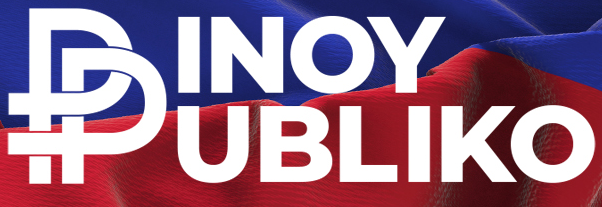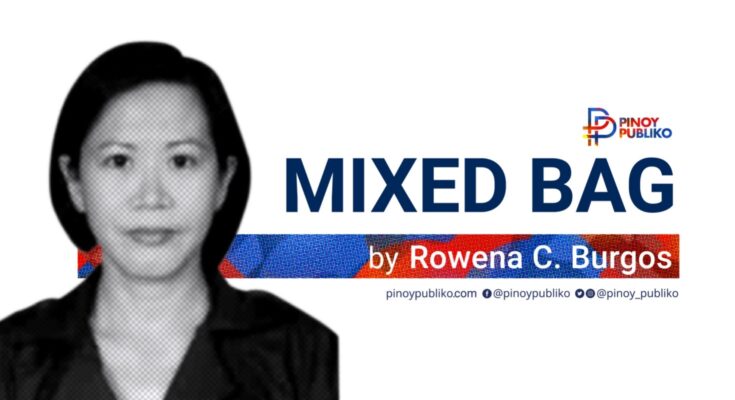CHINESE New Year was traditionally a time to honor deities and ancestors. Today, the holiday, also known as Lunar New Year and Spring Festival, is about family bonding and sharing blessings with loved ones.
And what better way to celebrate the occasion than by serving food believed to bring glad tidings and good fortune at the reunion dinner – a feast of epic proportions held the night before the calendar changes over and hit Spring Festival mode.
As we enter the Year of the Rabbit on January 22, include these lucky traditional favorites and unique goodies on your menu.
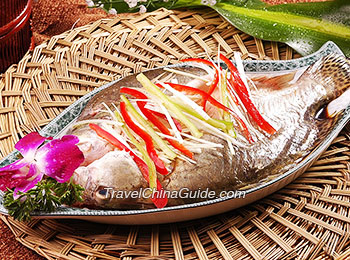
Fish
Symbol: Abundance and surplus
Fish is the most important feature of the Chinese New Year’s eve dinner table, according to thechinesezodiac.org. When one side is fully consumed, the bones are removed but the fish is never flipped as that would be bad luck. Leaving some of its parts is customary to ensure a year of prosperity.
Common fish dishes for the holiday include steamed fish with ginger, pan-fried fish with sweet and sour sauce and braised fish with vegetables.
Chicken or duck
Symbol: Unity and fidelity
Like fish, the chicken should be served fully intact, with head and all, and be pointed at your most esteemed guest. The most common dish is Hainanese chicken.
One of the most popular meals at new year’s dinner, duck is often served with pancakes, scallions and hoisin sauce. Its traditional dishes are Peking duck, roast duck with plum sauce and braised duck with mushrooms and veggies.
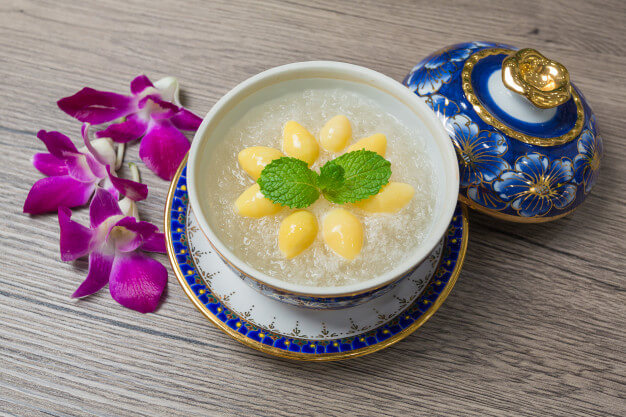
Bird’s nest soup
Symbol: Long life
This traditional Chinese dish is made from the hardened saliva from swiftlet nests, which are harvested from cliffs and cave walls. The nests are cleaned, soaked in water and cooked with chicken broth and seasonings.
Believed to have medicinal properties, the savory soup promotes good health and longevity.
Red proteins
Symbol: Happiness, vitality, beauty and auspiciousness
Red is considered the luckiest color in Chinese culture. Roast barbecue pork is the most common form it takes, its vibrant hue adding brightness to the holiday spread. You can also serve Dungeness crabs, Cantonese-style ginger and scallion lobster, head-on boiled prawns and stir-fried shrimp with XO sauce (made from dried seafood and spices).
Crustaceans are a symbol of fortune and wealth to many but some believe that one should not eat bottom feeders like shrimp or catfish or any seafood that swims backward or side to side such as lobster or crab for they mean sluggishness or setbacks in the new year.
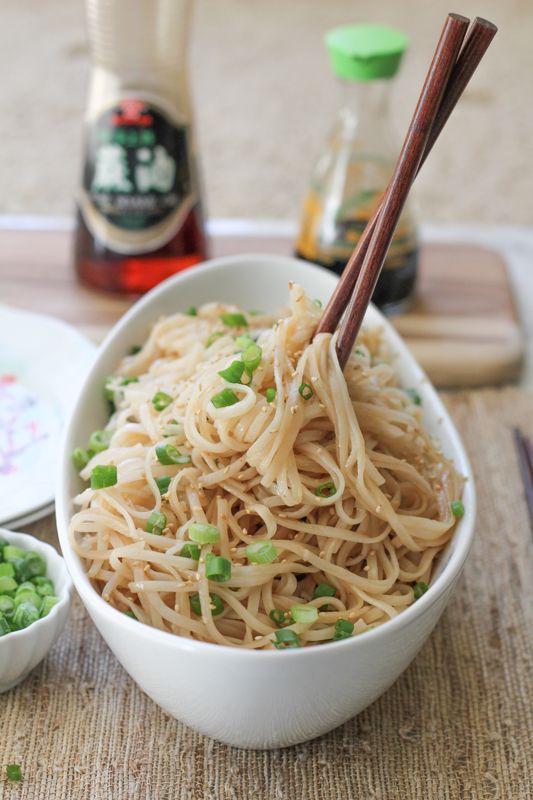
Noodles
Symbol: Long and healthy life
To get the most out of this nourishing meal, it’s best to slurp it away. In China, it’s bad luck to cut noodles. By cutting or breaking the noodles, you are essentially cutting your life short.
Noodles are made from wheat, rice or egg. Common noodle dishes include longevity noodles, stir-fried noodles with vegetables and noodle soup with meat and veggies.
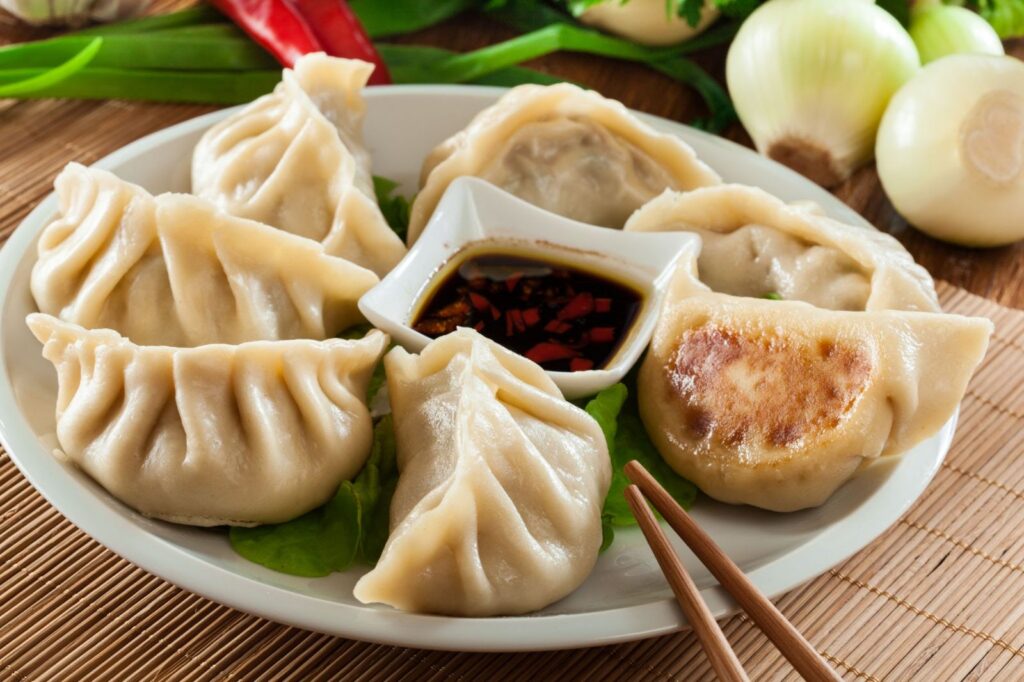
Dumplings
Symbol: Wealth
It is said that the more you eat dumplings, the more money you’ll make. The shape of this dough-wrapped dish, which resembles a gold ingot historically used for currency, symbolizes wealth.
Dumplings can be boiled, steamed or pan- or deep-fried and often served with a dipping sauce of soy sauce, vinegar and chili oil. Its fillings include shrimp, chicken, beef, vegetables and pork.
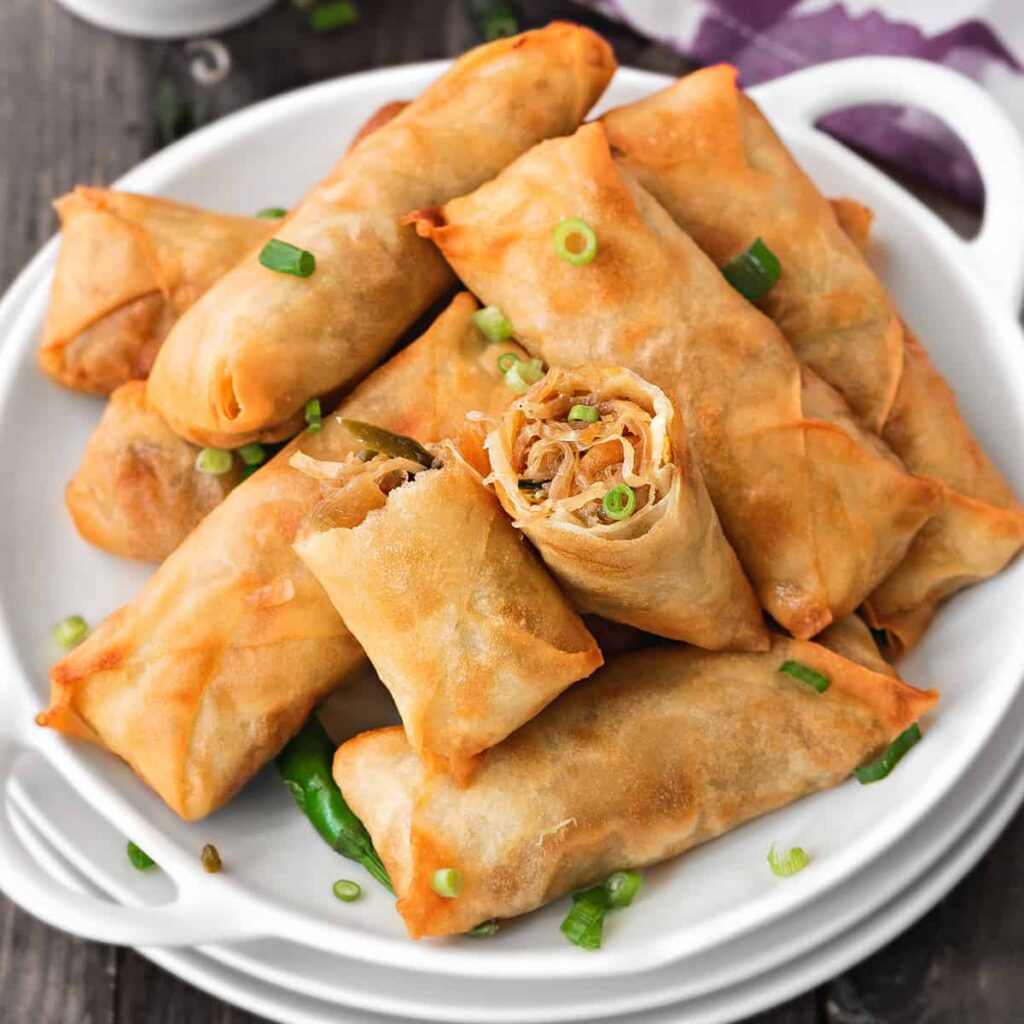
Spring rolls
Symbol: Luck and fortune
A popular appetizer, spring rolls are filled with anything from ground pork to veggies to red bean paste and translucent noodles.
These crisp, golden rolls, which represent bars of gold, are a must-have during the festive season because it is believed that this dish will attract wealth and prosperity.
Glutinous rice cake
Symbol: Growth and progress
To usher in improvements in fortune, income, health, business, knowledge or height for the little ones, eat glutinous rice cake or nian gao during Chinese New Year.
This sweet treat can be steamed and chilled in a cake pan with good luck designs made of auspicious ingredients like jujube. Or deep-fry the batter and fill it with mashed dates or chestnut or red bean paste.
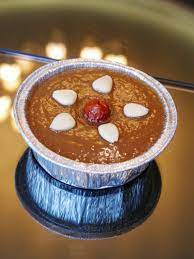
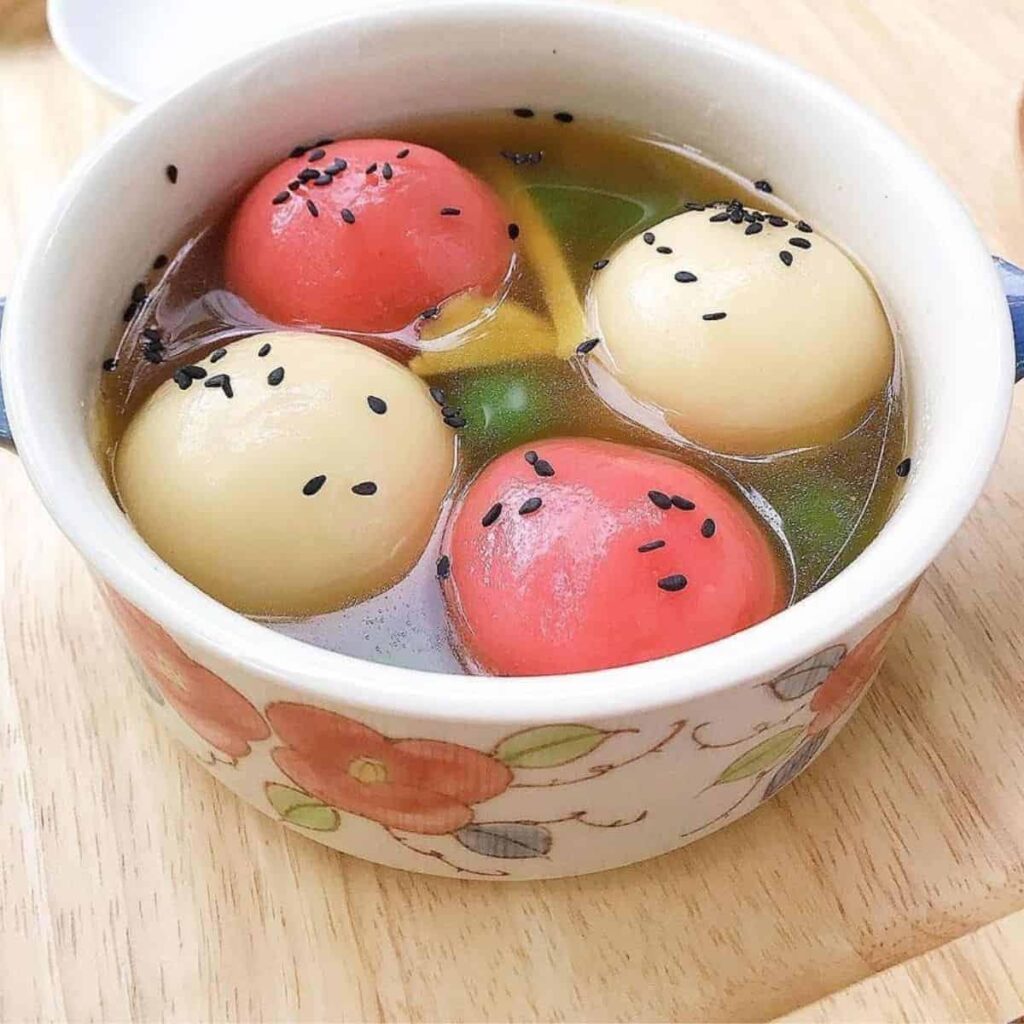
Sweet rice balls
Symbol: Family togetherness
Featured at the reunion dinner until the Lantern Festival – the official end of the Spring Festival celebrations – sweet glutinous rice balls or tang yuan are stuffed with red bean, jujube, black sesame paste, minced meat or nuts. Made of glutinous rice flour, it’s sticky, chewy and doughy.
Tang yuan symbolizes family unity and serves as a good wish that all members can be together in the new year.
Eggs
Symbol: Prosperity and family unity
White foods are taboo for Chinese New Year because such color is symbolically linked to death and sadness in China. But eggs are an exception. They symbolize fertility. The yolk indicates gold.
Hard-boiled, peeled eggs can be mixed with red braised pork belly. Or you can turn them into soy sauce eggs. Fried eggs added to balls made of minced fish stuffed with pork become a heaping bowl of spherical foods that signify family togetherness.
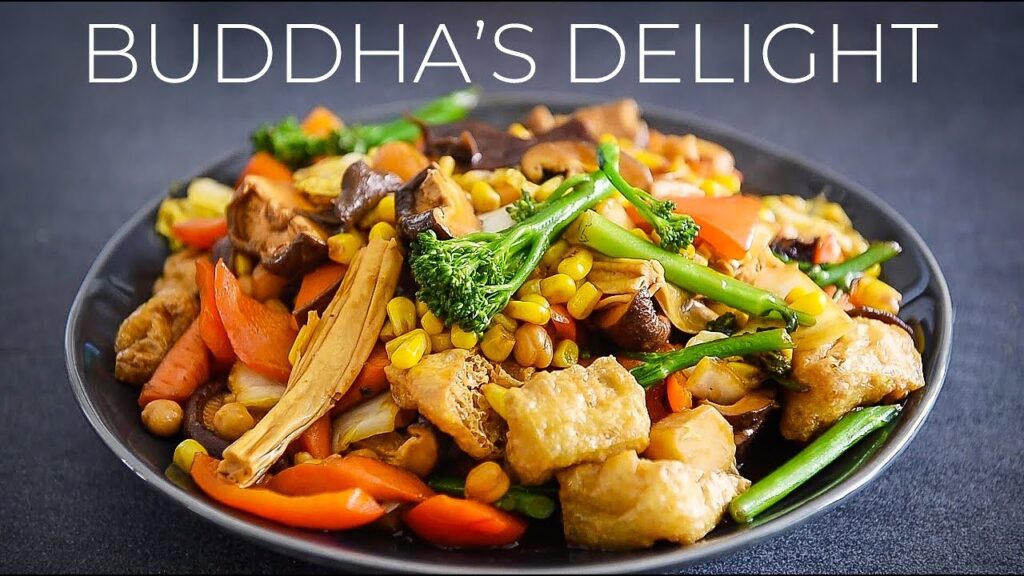
Buddha’s delight
Symbol: Purity and peace
This vegetarian dish, also known as jai, contains mushrooms, tofu, bamboo shoots and bean sprouts and flavored with garlic, ginger and soy sauce.
Symbolizing purity and peace, jai is meant to honor the teachings of Buddhism and promote good health and longevity.
Fried leeks
Symbol: Wealth
The Chinese believe that leeks attract wealth and good fortune, especially when eaten on new year’s eve. Served as a side dish, leeks are sliced into thin strips, fried until crispy and flavored with garlic, ginger and soy sauce.
Citrus fruits
Symbol: Happiness and fullness
Oranges, tangerines, mandarins, grapefruit, pomelos, persimmons and kumquats add a refreshing flavor to the dinner table. The fruits’ bright hues are synonymous with joy and provide a cool contrast to the dishes served at dinner. Their spherical nature makes them generally lucky, their juicy round shape gives a feeling of fullness in life and spirit.

Tray of togetherness
Symbol: Unity
A round tray filled with various dried fruits, nuts and candies, it symbolizes togetherness and unity. The tray is often placed on the dining table and shared by family members. It’s also used as decoration during the holiday.
Leftovers
Symbol: Abundance and prosperity
The Chinese believe that there must be an excess of food during the Lunar New Year celebration. This signifies prosperity and sets the tone for how the rest of your year might be. So it’s not unusual to have leftovers (which you can turn into delicious dishes) that will last one to three days.
Aside from relishing ready-made meals, such custom gives the cook of the house a welcome break from slaving away in the kitchen on new year’s day.
Email the author at [email protected]
Rowena C. Burgos is a former Lifestyle desk editor of the Philippine Daily Inquirer.
Para sa reaksyon o komento at tanong mag-email sa [email protected]

